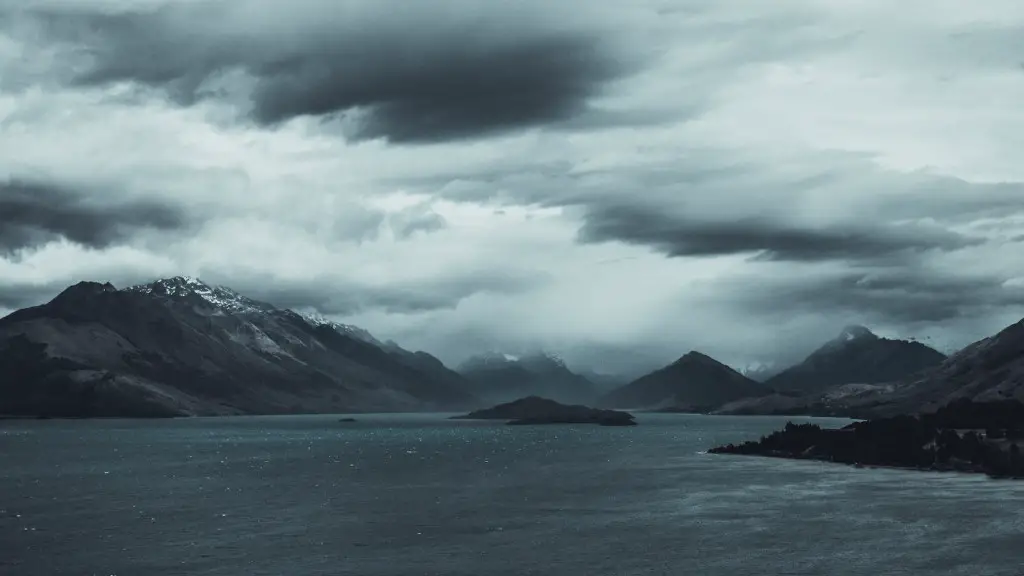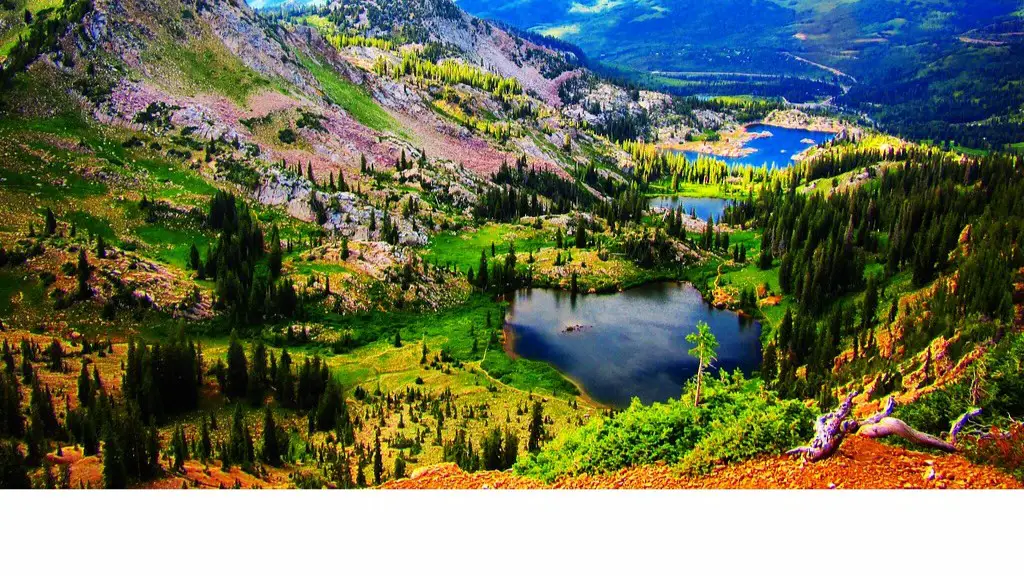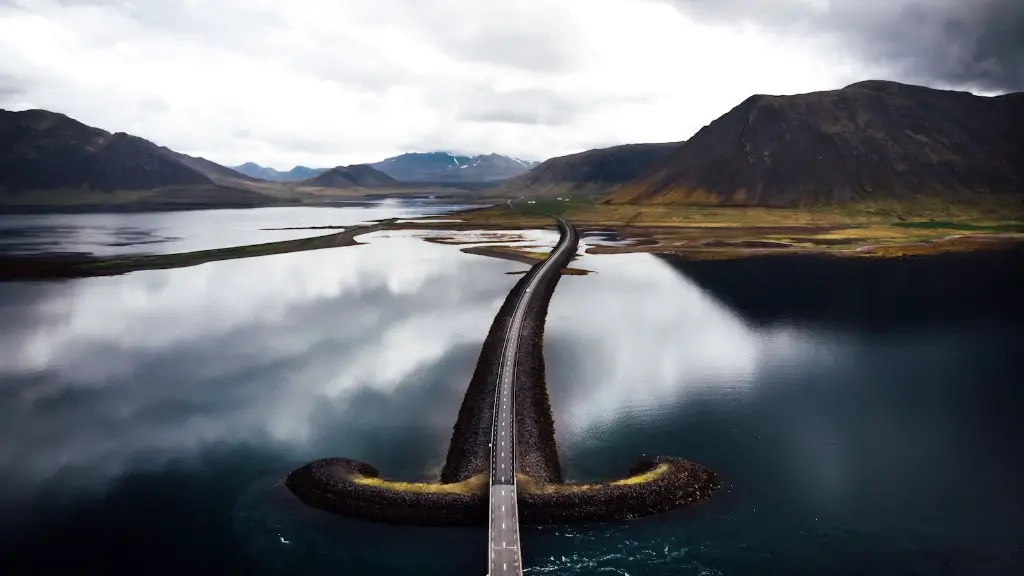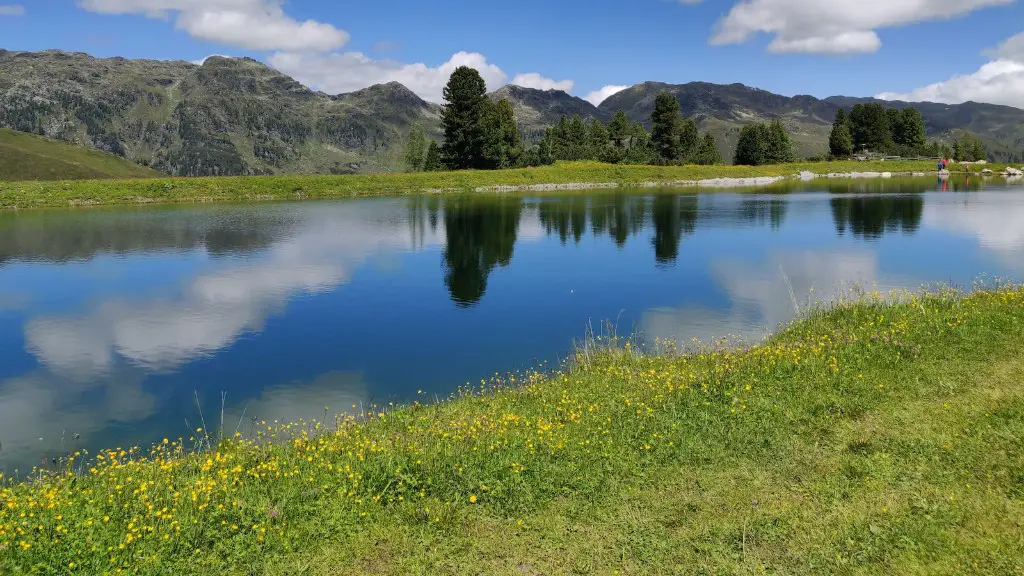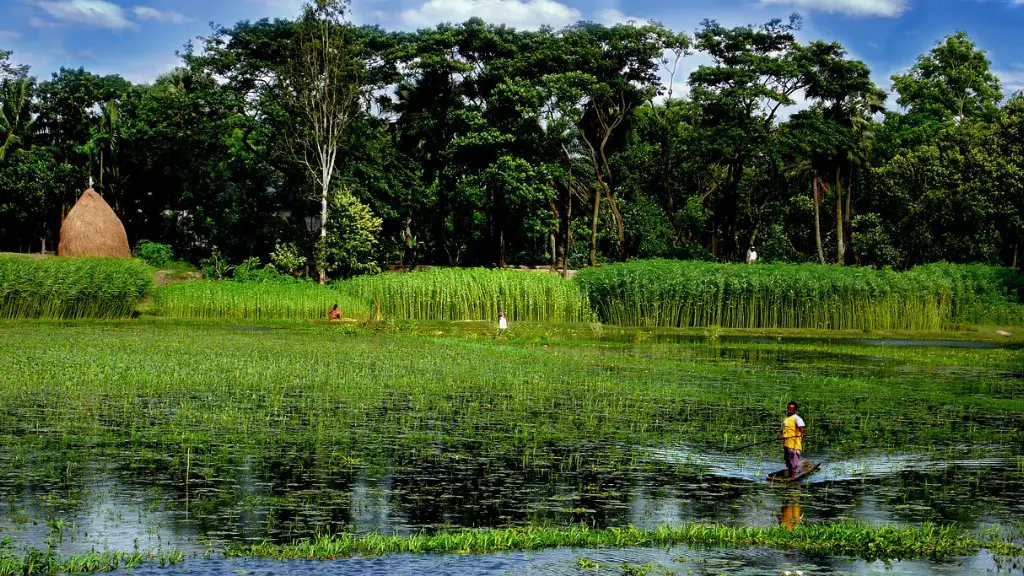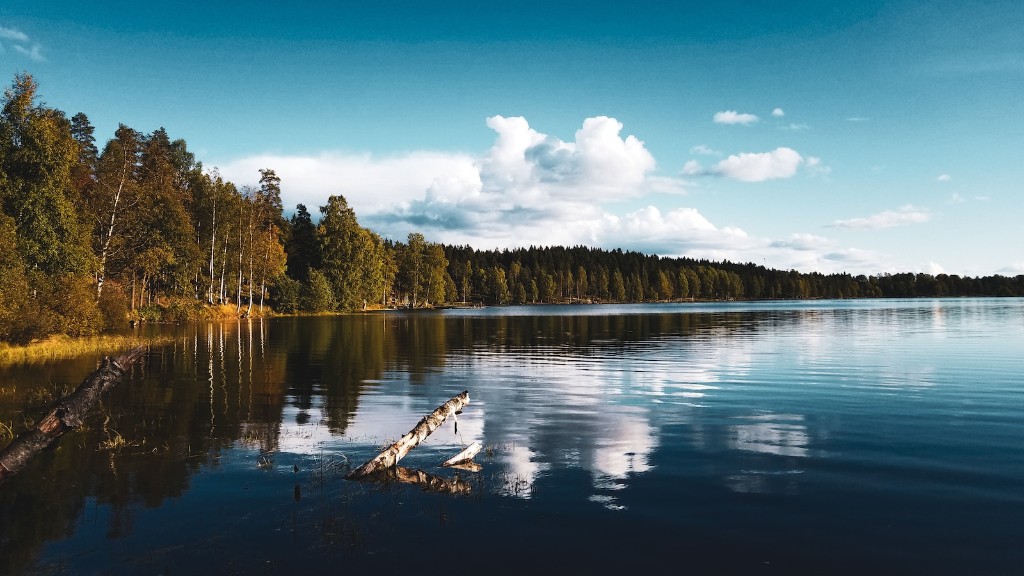Lake Baikal is the deepest, largest and oldest lake in the world. Located in Siberia, Russia, it measures about 6,316 feet (1,925 m) at its deepest point, spans roughly 393 miles (632 km) across, and is believed to hold around 20 perfect of the worlds fresh water, making it one of the most important sources of fresh water in the world. It covers over 63,000 square miles (16,430 square km), almost seven times the size of the Great Lakes in North America.
Its popularity is growing as people become more aware of the lake’s significance as home to amazing biodiversity and in terms of providing drinking water to millions of people in the region. The lake itself is an important part of the Trans-Siberian Railway which links Moscow to Vladivostok and Irkutsk. It is also considered to be a spiritual and sacred site by the locals.
The lake was declared UNESCO’s World Heritage Site in 1996, and is home to the world’s only freshwater seals, the Baikal Nerpa. It is also home to over 1,700 varieties of plants, 600 different types of animals, and contains some of the world’s oldest and most valuable fish species.
In terms of water temperature and clarity, it is one of the most stable and cleanest lakes in the world. It mainly stays between 43°F (6°C) in the winter to 68°F (20°C) in the summer. Additionally, due to its low nutrient concentration, it can stay clear and transparent up to 66 feet (20 m) deep. This incredible clarity, along with its size and remarkable biodiversity, have been enabling scientists and researchers from both Russia and abroad to study its unique habits and trends.
The evidence shows that Lake Baikal is far from being stable. In the past decades, the temperature of the lake has risen steadily, and the quality of water has decreased, due to water pollution caused by nearby industries, agriculture, and population growth. Research has also suggested that strong climate variations have played a role in severe disturbances to the lake’s environment; from overfishing, to a decrease in the number of its fish varieties, to the destruction of its biodiversity.
The lake is also threatened by the construction of the planned Russia-China oil pipeline, which would pass below the lakebed, threatening its nature. Because of this, environmental activists, such as Save Lake Baikal and the World Wide Fund for Nature (WWF), are struggling to protect the lake, its surrounding landscape and its important biodiversity.
Invasive Species
In addition to the threats from human activity, Lake Baikal has also been facing an invasion from several invasive species that have been introduced to the lake. These include the zebra and quagga mussels, the red-eared slider turtle, and the Russian teal. All of these species were accidentally introduced to the lake by humans, either through shipping or fishing activities.
These species have been disrupting the natural environment, causing a decrease in the native species. For example, the zebra and quagga mussels have had a significant impact on the lake’s food chain, by competing with native species for food and resources, and eventually leading to the decline of native species.
At the same time, the introduction of these species has changed the lake’s nutrient circulation, leading to an increased level of eutrophication, which has caused algal blooms and dissolved oxygen depletion. Some research has also suggested that these invasive species have contributed to high levels of mercury, causing a potential threat to the lake’s biodiversity and ecosystem.
In response to the invasion of these species, the Lake Baikal World Heritage Site has been putting great efforts into preventing and combating the spread of these species, focusing on public awareness and on developing a long-term management plan.
Protection of Lake Baikal
The preservation of this lake has been a priority for the international community and the Russian government, as it is rich in resources and hosts numerous kinds of flora and fauna. The Russian authorities have adopted measures to protect the lake and reduce the negative impacts of human activities.
In 2020, the federal authorities adopted plans to save the lake, reducing pollution and controlling the level of water, while also investing in infrastructure projects that help to protect the lake, such as sewage treatment plants and wastewater treatment systems. Additionally, restrictions have been placed on the introduction of species that could disrupt the lake’s ecological balance.
In order to maintain its natural beauty, the government has established a network of national parks and nature reserves around the lake. Furthermore, several educational programmes are in place to raise the awareness of the people who live close to the lake and educate them about its importance.
Additionally, the local authorities have also supported the implementation of sustainable practices such as the promotion of eco-tourism, as well as initiatives and projects aimed at preserving the lake’s ecology and biodiversity.
Increasing Global Interest
In recent years, Lake Baikal has become a highly sought-after tourist destination, attracting thousands of people each year. Tourists can take walks around the lake and explore the nearby nature reserves. The lake is also a popular spot for swimming, kayaking, and sailing.
The lake also hosts several major festivals, such as BaikalFest and the Grand Prix Cross Country Ski Race. Both of these events draw a large number of people who are looking to explore the lake and its surroundings.
In order to encourage more people to visit the lake, the government and local authorities have been making efforts to promote its beauty and its significance as a natural and spiritual resource. These efforts have gone a long way in raising awareness and promoting conservation of the lake.
Additionally, international organizations such as the World Wildlife Fund and UNESCO have put significant emphasis on the protection of Lake Baikal, and have been working with the Russian government and local communities to develop sustainable projects that are aimed at preserving the lake.
Rehabilitation Efforts
In order to protect the lake, authorities have been working on rehabilitating the lake by introducing more strict regulations on the activities that can take place in and around the lake. These regulations include restrictions on the kind of fishing activities that are allowed, as well as on the introduction of non-native species.
Additionally, the government is also working on reintroducing native species, rehabilitating damaged habitats, and introducing measures to reduce the levels of pollution in the lake.
An example of such a measure is the ‘Blue Baikal’ project, which was launched in 2020 and aims to promote sustainable practices in the region. The project seeks to reduce the amount of pollution in the lake and conserve its surrounding environment. It also works towards providing support to local communities who are engaged in sustainable activities.
The government has also recently ordered the closure of several industrial plants located near the lake, in order to reduce the level of pollution that was coming from the area.
Future Prospects
Although there are still many challenges ahead in terms of protecting the lake, it is encouraging to know that there are now several measures in place at both the national and international levels to ensure its well-being.
At the same time, it is important to note that the protection of Lake Baikal is not only the responsibility of the government and the international organizations. It is also the responsibility of each and every one of us, to ensure that this precious resource is preserved for future generations.
For the people who live close to the lake and the local communities that rely on it, the protection of Lake Baikal is of paramount importance. With their help and support, the future of this natural resource is looking brighter than ever.
